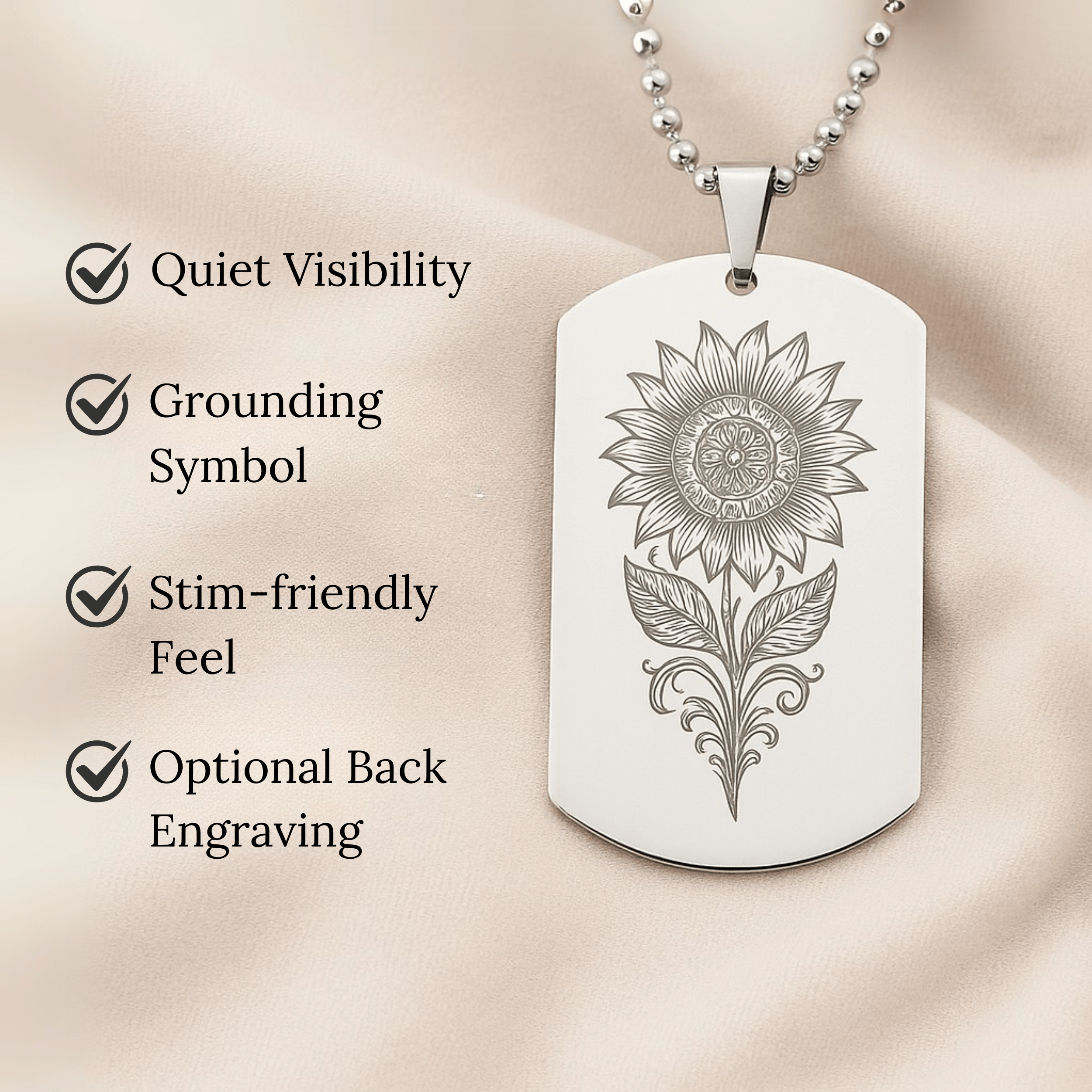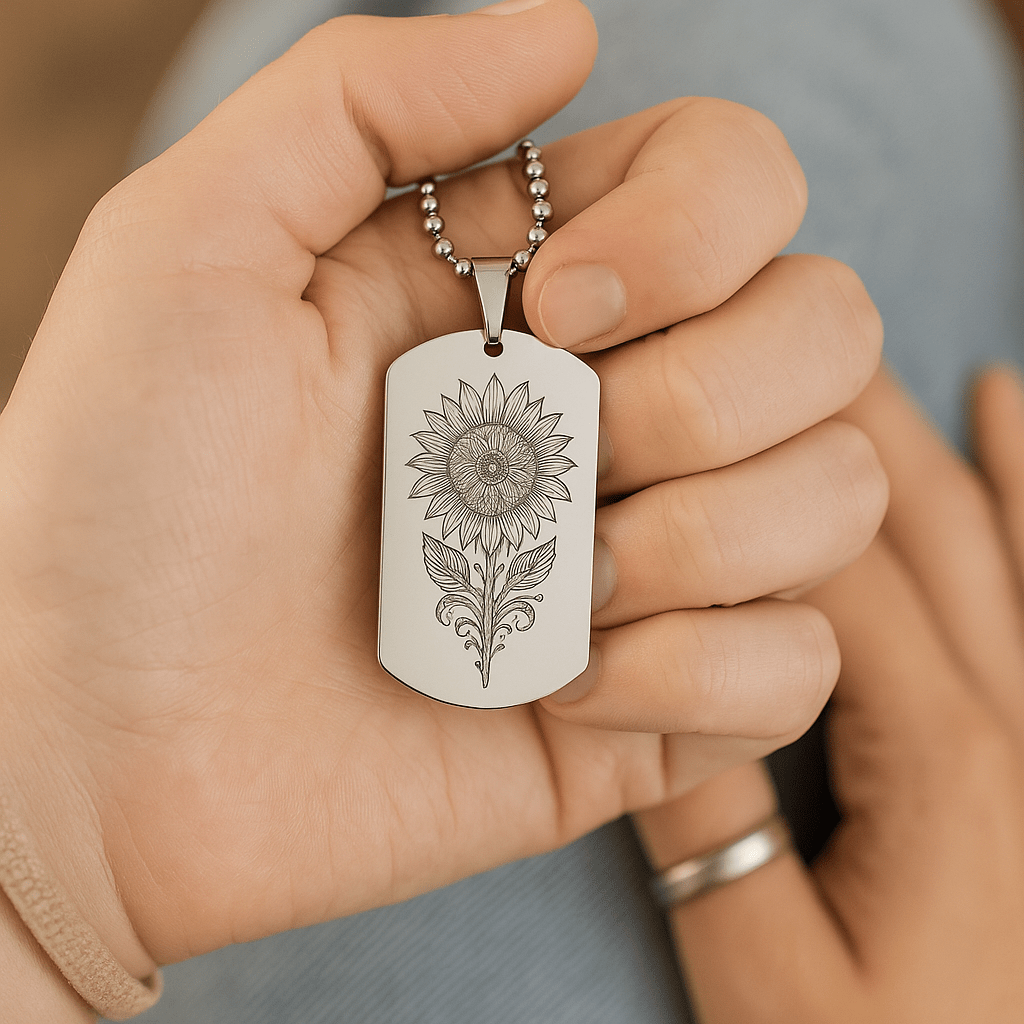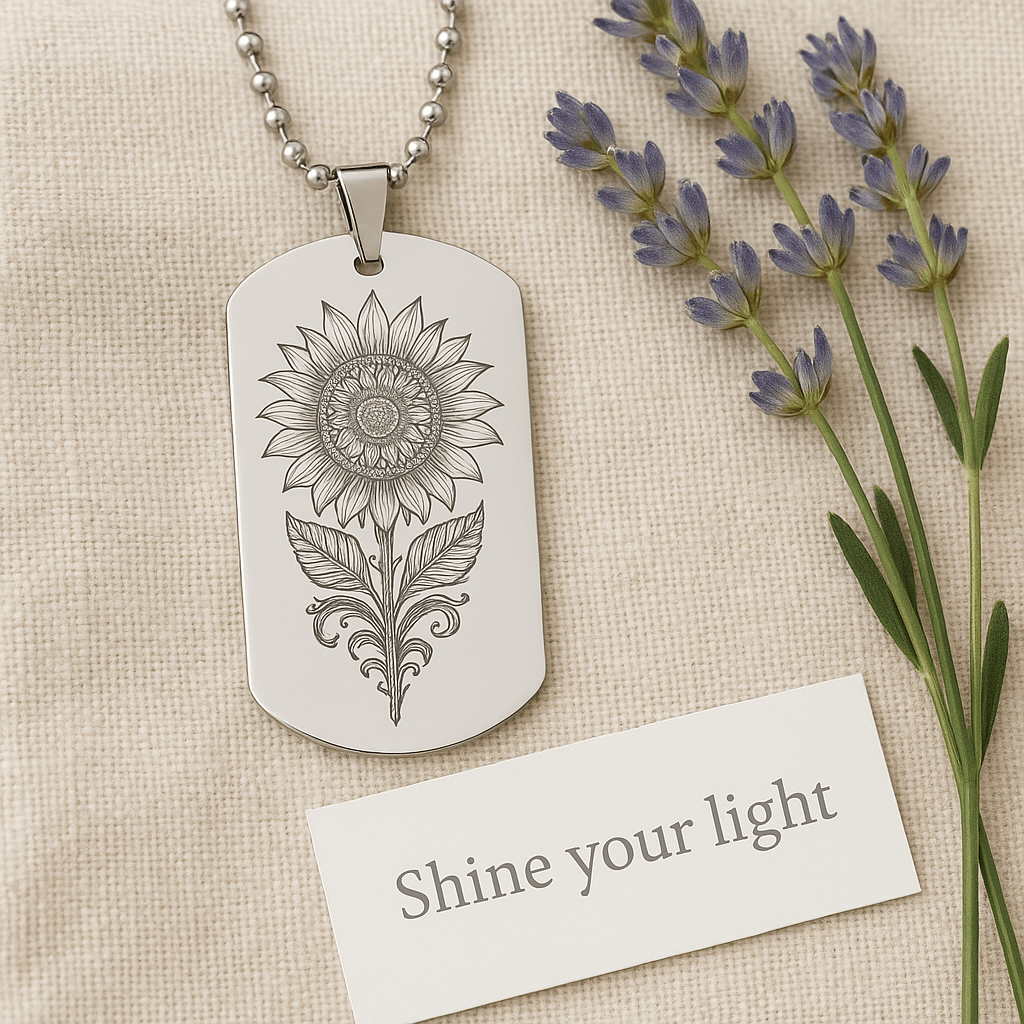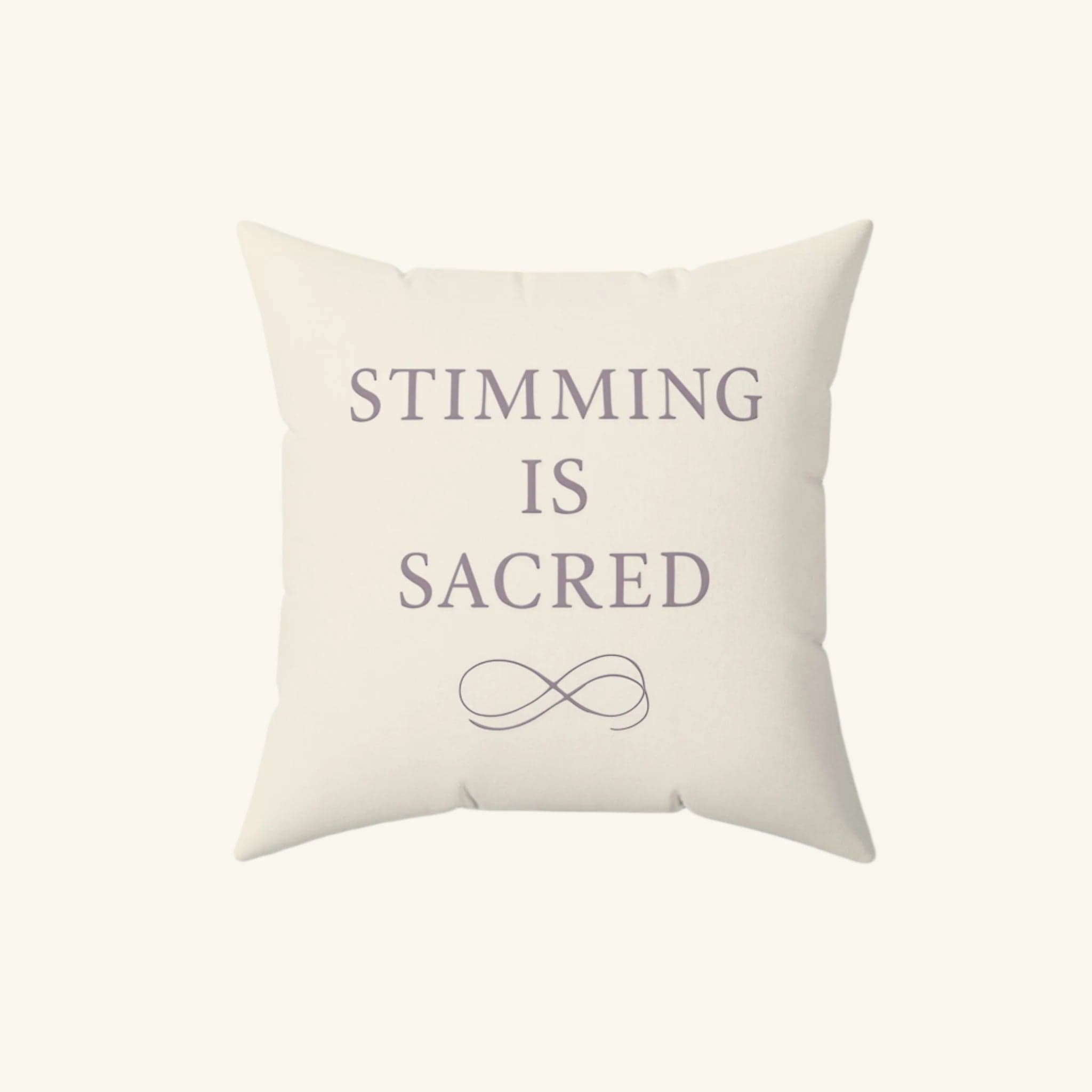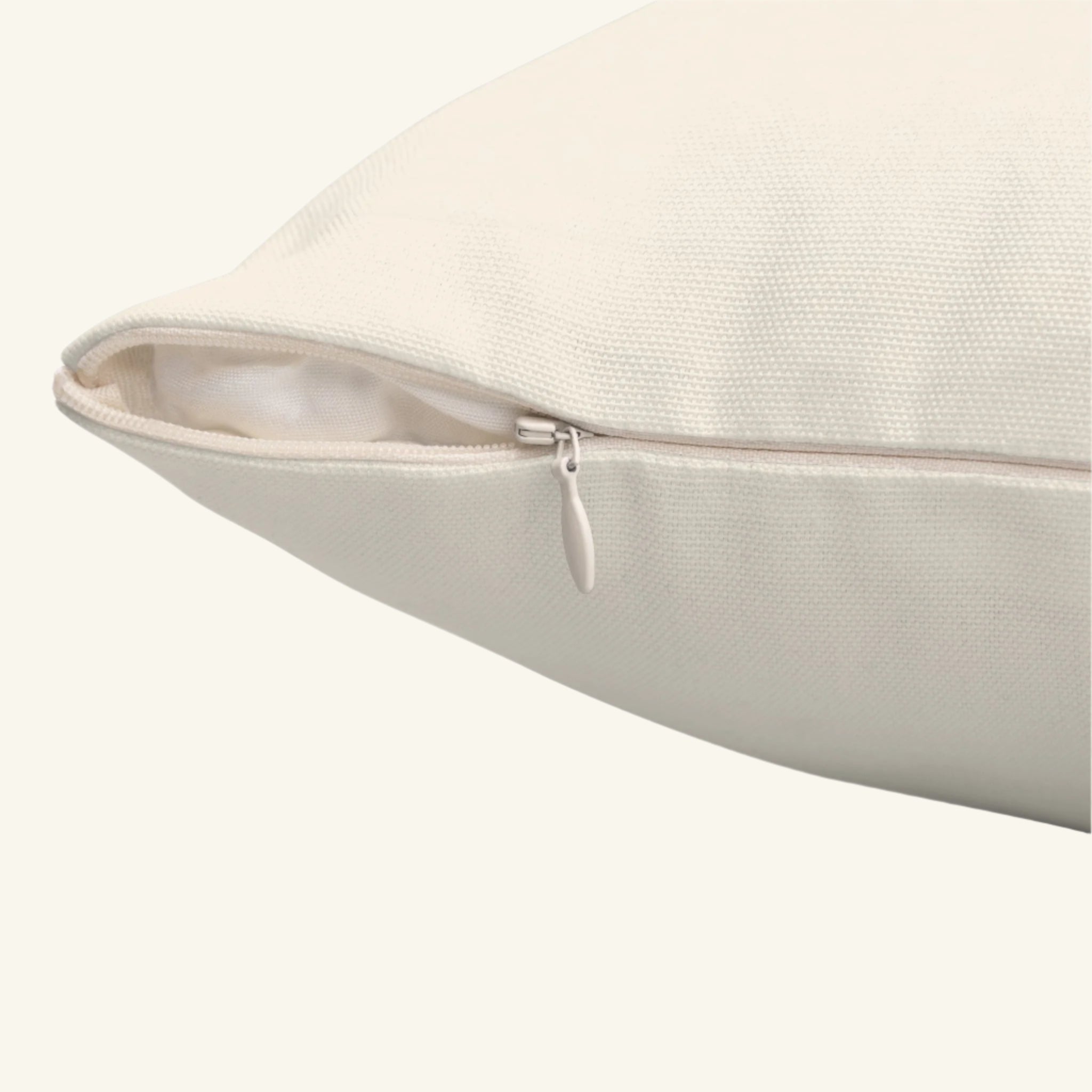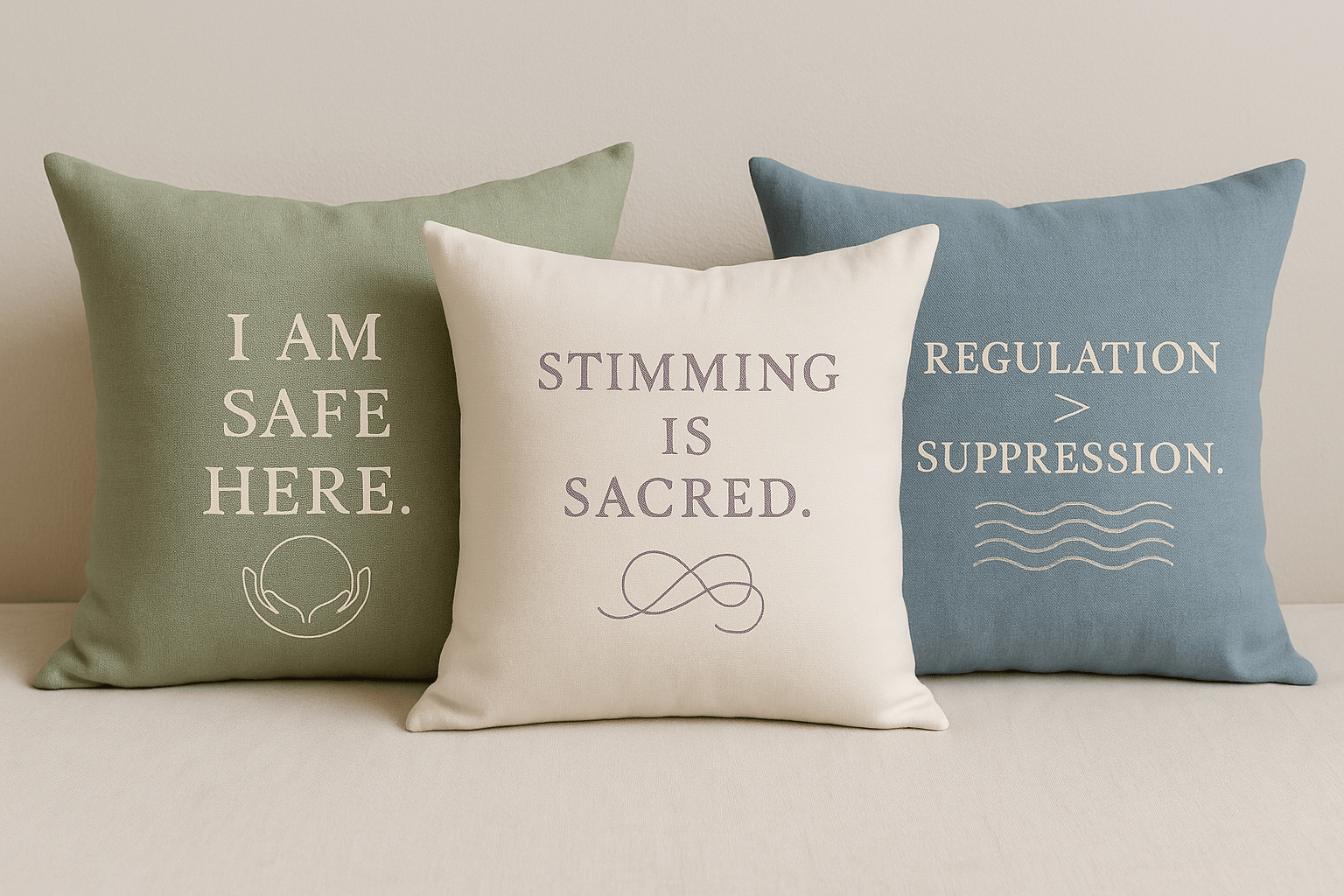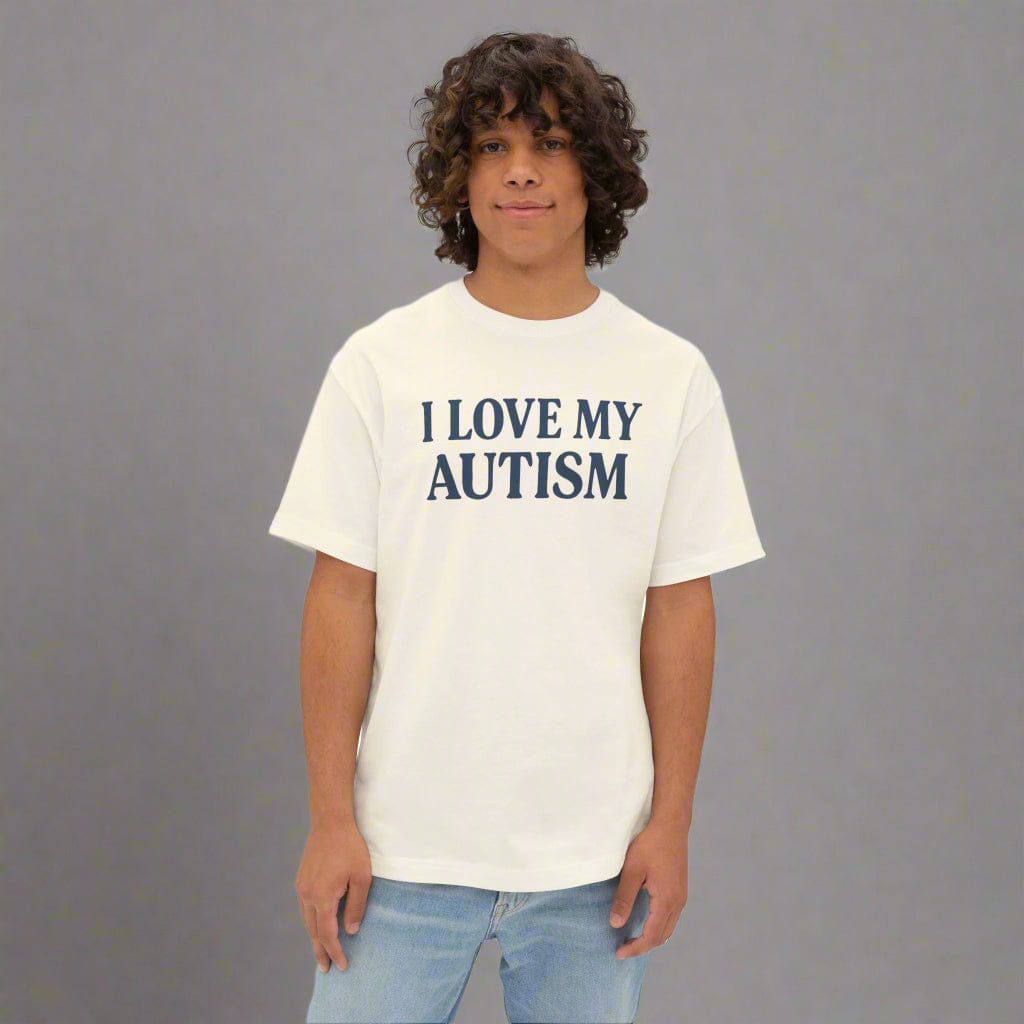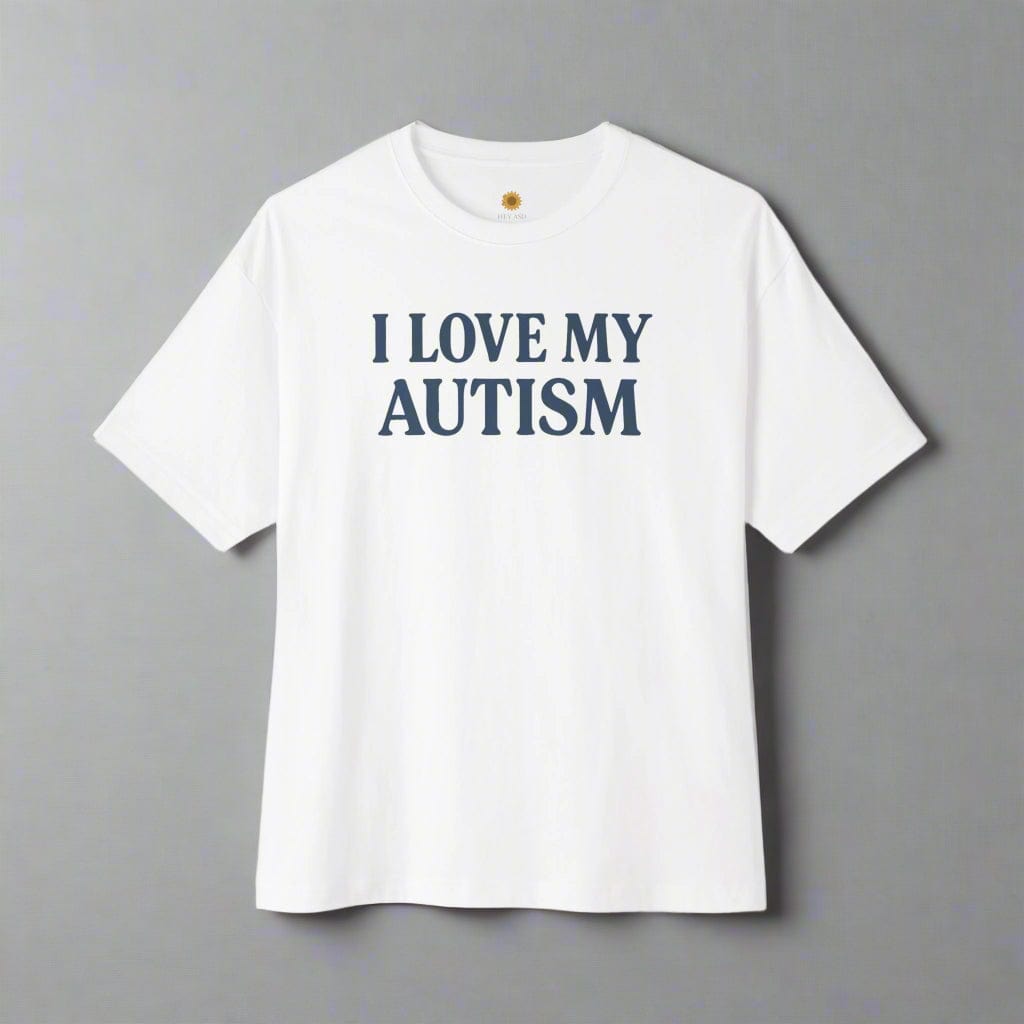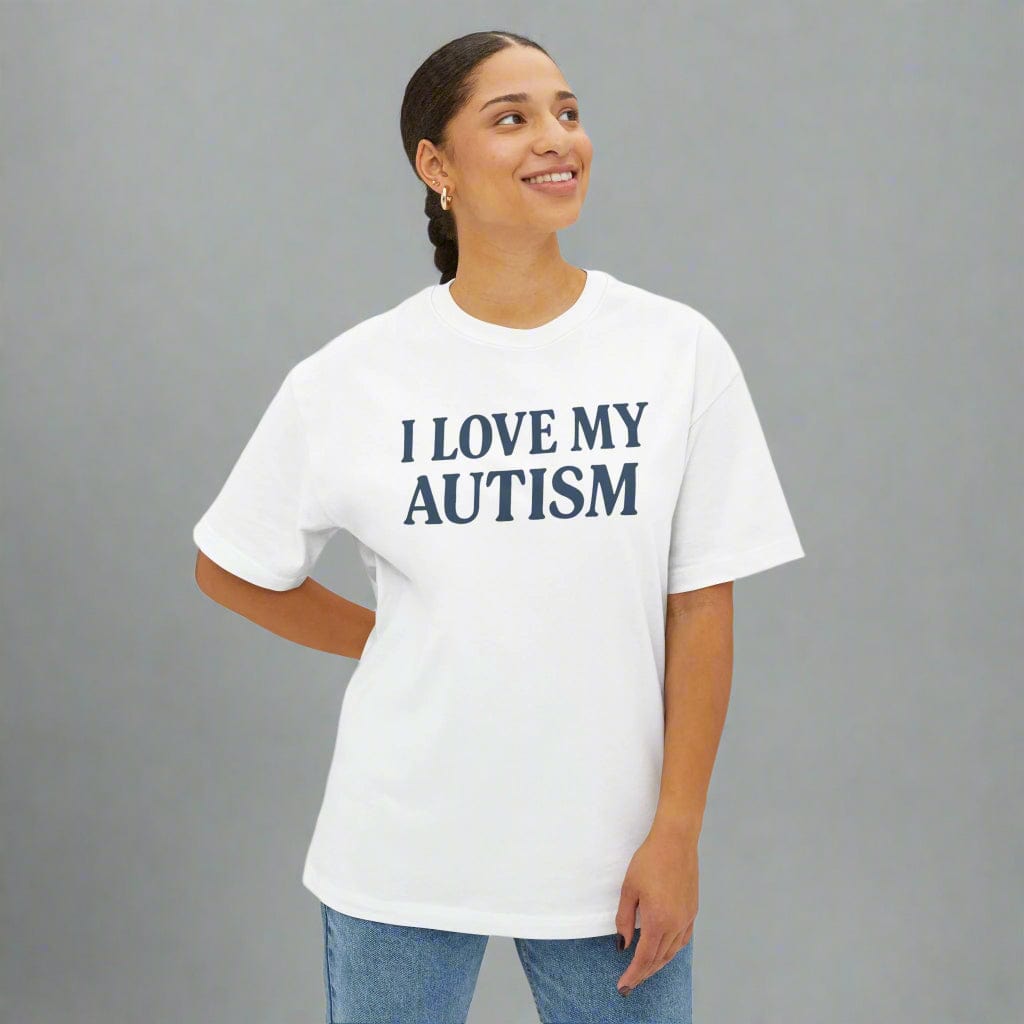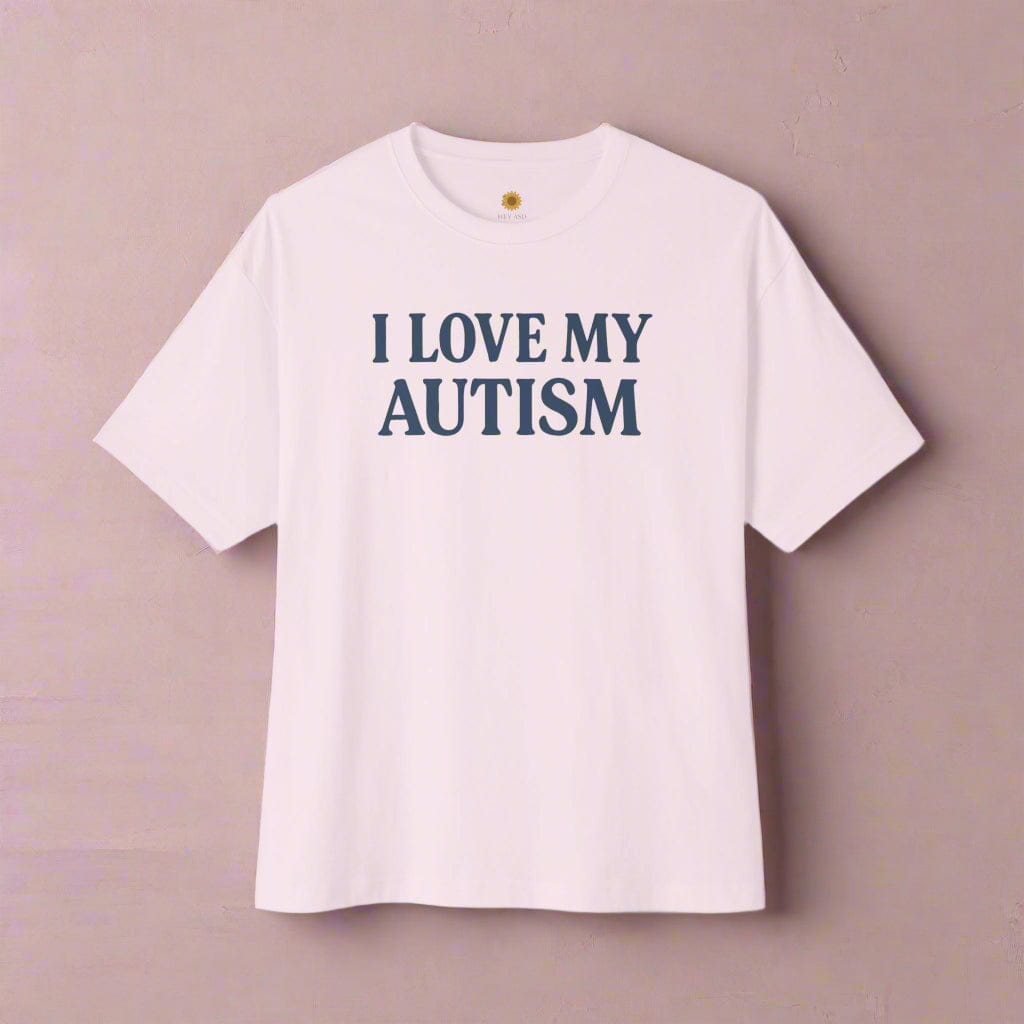Self-Care for Autistic Adults: A Compassionate Guide to Comfort and Balance

Written by the HeyASD Editorial Team
For many autistic adults—especially those who discover their autism later in life—“self-care” can feel out of reach or not built for us. Mainstream wellness often ignores sensory needs, energy rhythms, and the reality of masking. This guide reframes self-care not as a luxury, but as vital nervous-system care: comfort, regulation, and living authentically on your terms.
Here, self-care means listening to your body, designing low-stim environments, and choosing routines that protect your mental health. We’ll explore sensory, emotional, social, and executive-function supports—so you can build a kinder daily rhythm that actually works for you.
If you’re navigating sensory overload or recovering from autistic burnout, start here and take one small, doable step today.
Reframing Self-Care Through an Autistic Lens
Self-care is not about forcing yourself into neurotypical standards of wellness. Instead, it is about listening to your body and mind. For an autistic individual, this means acknowledging your sensory sensitivities and unique energy patterns.
True self-care is a form of personal growth that allows you to build a life that feels good to you. It involves creating systems of support that respect your needs. This guide will explore how you can shift your perspective and build practices that foster comfort and authenticity.
Shifting Away from Neurotypical Wellness Culture
The wellness industry often promotes a one-size-fits-all approach that doesn't work for the autism spectrum. Activities like group yoga classes or bubble baths with strong scents can be stressful or overwhelming. Self-care is especially important for autistic adults because navigating a world designed for neurotypical people takes a significant amount of energy.
Daily life can be filled with stressors like sensory overload and the pressure to mask your natural behaviors. This constant effort can deplete your resources and lead to exhaustion. Effective self-care helps you combat these challenges and replenish your energy.
It’s time to move away from these neurotypical ideals and embrace what truly works for you. Self-care isn't about what you "should" be doing; it's about what helps you feel regulated and safe in your daily life.
Defining Self-Care as Comfort, Regulation, and Authentic Living
For autistic adults, self-care is fundamentally about creating a sense of comfort and stability. It is the practice of sensory regulation to prevent overwhelm and emotional regulation to manage stress. This means giving yourself permission to rest when the world feels too loud and engaging in activities that bring you genuine joy.
Authentic living is a core part of this. It means unmasking and allowing yourself to be who you are without judgment. To create a personalized self-care checklist, start by identifying what brings you comfort. Think about your sensory preferences and what helps you feel grounded.
This approach shifts the focus from performance to well-being. It’s about building a life that honors your needs, whether that means using a weighted blanket for deep pressure or scheduling downtime to recharge your social battery.
Recognizing the Diversity of Autistic Self-Care Needs
Autism is a spectrum, and so are self-care needs. What works for one autistic person may not work for another. Your sensory preferences and unique strengths will shape what a supportive routine looks like for you. For example, personal hygiene tasks can be challenging due to sensory issues.
Practical self-care activities must account for these sensitivities. This could mean using an unflavored toothpaste, wearing soft, seamless clothing, or finding a haircut routine that minimizes stress. An autistic individual might find that brushing hair is painful, so using a specific detangling spray or a specialized brush becomes a key self-care practice.
It is essential to explore what works for you without judgment. Your self-care plan is yours alone, and it should celebrate your individuality rather than trying to fit you into a mold.
Why Self-Care Is Essential for Autistic Adults
Prioritizing self-care is not a luxury; it is a necessity for maintaining your mental health and well-being. Autistic adults often face a higher level of daily stress due to sensory processing differences and the energy required to navigate social expectations.
A consistent daily routine that includes self-care practices can provide stability and reduce anxiety. It helps you manage your energy, prevent burnout, and build resilience. The following sections will cover the specific factors that make self-care so vital and how it can positively impact your life.
Unique Factors: Monotropism and Sensory Processing
Many autistic people experience monotropism, a tendency to focus intensely on a single interest or task. While this can be a great strength, it can also mean that basic needs like eating or taking breaks are forgotten. Self-care routines help create structure to ensure these needs are met.
Differences in sensory processing also make self-care crucial. An autistic individual may be highly sensitive to sensory input, causing sounds, lights, or textures to feel overwhelming. This sensory overload is exhausting and can contribute significantly to daily stress.
Without intentional self-care, this constant state of high alert can lead to burnout. That is why self-care is especially important: it gives you the tools and time to manage sensory input and recharge your system before it becomes overwhelmed.
The Role of Emotional Regulation in Autism and Self-Care
Emotional regulation is the ability to manage your emotional responses, and it's a key part of self-care. For autistic people, emotions can be intense, and identifying them can sometimes be difficult. Self-care practices provide a way to soothe your nervous system and process feelings in a healthy way.
Regular self-care offers significant mental health benefits. It can reduce anxiety, prevent depressive episodes, and build self-awareness. By incorporating activities that calm you, like deep breathing or engaging with a special interest, you create a buffer against stress.
These practices help you feel more in control and less overwhelmed by your emotions. They are not about suppressing feelings but about giving yourself the support you need to navigate them, which is essential for long-term mental health.
The Impact of Regular Self-Care on Well-Being
Integrating self-care into your daily life can transform your overall quality of life. It’s a proactive way to manage stress and recharge your batteries before they are completely drained. When you consistently care for your needs, you have more energy to engage with the world on your own terms.
This practice is an act of personal growth. It helps you understand yourself better and build a life that aligns with your values and needs. Instead of just surviving each day, you can begin to thrive.
Self-care allows you to build resilience, so you can bounce back from challenges more easily. Whether it’s taking a sensory break or setting a boundary, these small actions accumulate to create a more balanced and fulfilling daily life.
Sensory Self-Care for Autistic Adults
Sensory self-care is about managing your environment to meet your sensory needs and prevent sensory overload. This might mean adding or removing sensory input to feel more regulated. For many, deep pressure is a calming sensation.
This type of self-care is foundational for autistic well-being. By intentionally creating sensory experiences that are calming and grounding, you can reduce anxiety and improve your ability to function. Below are practical ways to incorporate sensory support into your life.
Practical Sensory Supports: Weighted Blankets, Textures, Clothing
One of the most effective ways to manage sensory overwhelm is by using practical sensory tools. These items can provide comfort and help regulate your nervous system. A weighted blanket, for example, offers calming deep pressure that can ease anxiety and improve sleep.
Your clothing choices are also a form of self-care. Opting for soft, tag-free fabrics or items from an autism store that specializes in sensory-friendly apparel can make a huge difference. At HeyASD, our sensory blankets and tag-free autism t-shirts are designed with your comfort in mind.
Consider building a toolkit of sensory supports that work for you.
-
A high-quality weighted blanket for calming deep pressure.
-
Soft clothing with flat seams and no tags.
-
Noise-canceling headphones to block out overwhelming sounds.
-
Fidget tools to help with focus and anxiety.
-
Sunglasses or an autism hat to reduce visual stimulation.
Creating Low-Stimulation Spaces at Home and Work
Your environment has a major impact on your well-being. A practical self-care activity is to create a low-stimulation space where you can retreat and recharge. This could be a corner of your room, a specific chair, or even your whole home.
At home, you can use blackout curtains, dimmable lights, and soft textures to create a calming atmosphere. Minimize clutter and use visual supports to keep the space organized and predictable. At work, you might request a quieter desk location or use a screen to block visual distractions.
Scheduling regular sensory breaks in this space is also important. These are short periods where you intentionally reduce sensory input. Having a dedicated safe space allows your nervous system to rest and recover, preventing sensory overload before it starts.
Mindful Sensory Activities for Comfort and Grounding
Mindful sensory activities are another effective way to manage sensory overwhelm. These practices bring your attention to the present moment through a specific sensory experience, which can be very grounding. Unlike traditional meditation, this can be an active and engaging process.
The goal is to find an activity that feels calming to you. It could be focusing on the texture of a smooth stone, listening to the sound of a white noise machine, or slowly sipping a warm drink. These simple mindfulness practices can help regulate your nervous system when you feel stressed.
Here are a few ideas for mindful sensory activities:
-
Engage in deep breathing exercises while focusing on the sensation of air entering and leaving your body.
-
Slowly run your hands through a container of rice or sand.
-
Listen to a single piece of instrumental music without any other distractions.
-
Focus on the taste and texture of a small piece of your favorite food.
Emotional and Mental Health Self-Care
Caring for your emotional and mental health is just as important as caring for your physical health. For autistic people, this often means finding unique ways to process and express emotions. Emotional regulation is a skill that can be developed with practice.
Self-care in this area involves creating outlets for your feelings and seeking support when you need it. The following strategies can help you build a strong foundation for emotional well-being and protect your mental health.
Journaling, Stimming, and Expressive Outlets
Expressive outlets are a powerful tool for emotional self-care. Journaling can help you process your thoughts and identify emotional patterns. You don't have to write in full sentences; bullet points, drawings, or mind maps are all valid forms of journaling.
Stimming is another vital form of self-regulation and expression. Repetitive movements like rocking, hand-flapping, or fidgeting are natural and healthy ways to soothe your nervous system. Allowing yourself to stim freely is an act of self-acceptance and care that provides immense mental health benefits.
Explore different expressive outlets to find what feels right.
-
Journaling to understand and release your emotions.
-
Embracing stimming as a natural self-soothing tool.
-
Engaging in creative activities like drawing, painting, or playing music.
-
Using sensory tools like stress balls to manage anxiety.
Finding Autistic-Friendly Therapy and Peer Support
Sometimes, you need support from others, and that is a sign of strength. Finding autistic-friendly therapy can be transformative for your mental health. Look for therapists who practice from a neurodiversity-affirming perspective and have experience working with autistic adults.
Peer support groups are another invaluable resource. Connecting with other autistic people creates a sense of community and validation. You can share experiences and self-care strategies in a space where you are understood. Online forums and local autistic-led organizations are great places to find these groups.
Here are some resources to help you find support:
|
Resource Type |
Where to Look |
|---|---|
|
Autistic-Friendly Therapists |
Directories on neurodiversity-affirming organization websites. |
|
Peer Support Groups |
Online communities, social media groups, and local autism centers. |
|
Self-Care Guides |
Blogs and websites from autistic advocates and organizations. |
|
Community Forums |
Online platforms dedicated to autistic adults sharing experiences. |
Emotional Regulation Strategies for Everyday Life
You can gain significant mental health benefits by weaving emotional regulation strategies into your daily life. These techniques don't have to be complicated. Simple, consistent practices can make a big difference in how you manage stress and intense emotions.
One powerful strategy is to use visual supports. An emotion chart can help you identify what you're feeling, which is the first step to managing it. You can also use a visual schedule to plan for potentially stressful events, giving you time to prepare.
Here are some everyday strategies to try:
-
Practice simple deep breathing exercises when you start to feel overwhelmed.
-
Use grounding mindfulness practices, like noticing five things you can see around you.
-
Create and use an "emotional first-aid kit" with items that calm you.
-
Take planned breaks throughout the day to check in with your feelings.
Social Self-Care: Managing Energy and Relationships
Social self-care for an autistic individual is not about learning neurotypical social skills. It is about managing your social energy and choosing interactions that are meaningful and affirming. Social interaction can be draining, and it's okay to have limits.
True social wellness comes from building connections that honor your authentic self. This means setting boundaries, finding your community, and advocating for your needs. The sections below offer guidance on how to navigate the social world in a way that supports your well-being.
Navigating Social Fatigue and Building Boundaries
A common challenge for autistic adults is social fatigue. Social situations often require a lot of energy for processing cues and managing sensory input, which can be exhausting. Recognizing your social energy limits is a critical self-care skill.
Building boundaries is essential for energy management. This means learning to say "no" to invitations when you don't have the capacity or leaving a social event early. Your well-being is more important than meeting someone else's social expectations.
Here’s how you can manage social fatigue:
-
Plan for recovery time after social events.
-
Choose lower-demand social activities, like one-on-one hangouts.
-
Communicate your needs directly, such as "I need some quiet time now."
-
Have an exit strategy for overwhelming social situations.
Choosing Supportive, Affirming Connections
The quality of your relationships matters more than the quantity. Part of social self-care is choosing to invest your energy in supportive, affirming connections. These are relationships where you feel safe to be your authentic self without fear of judgment.
Peer support from other autistic people can be especially powerful. Finding friends who understand your experiences can greatly improve your quality of life and reduce feelings of isolation. This sense of belonging is a core component of well-being.
Self-advocacy plays a huge role here. By communicating your needs and boundaries, you teach others how to be a good friend to you. This helps you build stronger, more respectful relationships and filter out connections that are not supportive.
Advocacy and Autistic Identity in Social Contexts
Embracing your autistic identity is a powerful form of self-care. When you accept and celebrate who you are, it becomes easier to advocate for your needs in social contexts. Self-advocacy is not confrontational; it is clearly and calmly stating what you need to feel comfortable and participate.
This can look like asking for accommodations at social events, such as a quiet space to retreat to. It could also mean explaining your communication style to a friend. For Ariel, simply stating "I communicate best through direct language" was a game-changer in her friendships.
Expressing your autism pride through items like autism jewelry or hoodies can also be a form of advocacy. It signals your identity to others and helps normalize neurodiversity. This act of owning your identity can be incredibly empowering and improve your self-care.
Routines and Structured Self-Care Practices
Routines and structure are the backbone of effective self-care for many autistic adults. A predictable daily routine reduces anxiety and the mental load of decision-making, which can be a challenge due to differences in executive function.
Using tools like a visual schedule can help you build and maintain these routines. By planning for self-care, you ensure it becomes a consistent part of your day rather than an afterthought. The following sections explore how to build these structured practices.
Autistic Burnout Recovery Through Predictable Routines
Autistic burnout is a state of intense exhaustion caused by chronic stress. One of the biggest challenges in self-care is recovering from and preventing burnout. Predictable routines are one of the most effective tools for this.
When you are in burnout, even simple daily tasks can feel impossible. A routine breaks down your day into manageable steps, reducing the executive function required to figure out what to do next. It creates a sense of safety and predictability when the world feels overwhelming.
Your recovery routine should prioritize rest and low-demand activities. This might mean scheduling non-negotiable quiet time, simplifying meals, and reducing social obligations. By creating a supportive structure, you give your mind and body the space they need to heal.
Building a Personalized Self-Care Checklist
A personalized self-care checklist is a practical tool to ensure your needs are met. This is one of the most important life skills you can develop. To create your checklist, start by listing self-care practices across different categories: physical, sensory, emotional, and social.
Use visual aids to make your checklist easy to follow. You can use an app, a whiteboard, or a laminated sheet with icons. The key is to make it your own and include activities that you find genuinely restorative.
Here are some ideas to include in your personalized checklist:
-
Morning: Brush teeth, get dressed in comfortable clothes, eat breakfast.
-
Daytime: Take a 10-minute sensory break, drink a glass of water, do a short stretching routine.
-
Evening: Engage in a special interest for 30 minutes, journal one thought, prepare for the next day.
-
Weekly: Schedule a social interaction that feels good, do one household chore, spend time in nature.
Tools to Overcome Executive Functioning Challenges
Executive functioning challenges, such as difficulty with planning, initiation, and time management, are common barriers to self-care. Fortunately, there are many tools that can help you bridge this gap. Technology can be a powerful ally in building and maintaining routines.
Visual cues are incredibly helpful. This can be anything from a simple alarm on your phone to more advanced autism AI tools or a dedicated autism app that provides structured schedules. Setting alarms for tasks like eating or taking medication can ensure these essential activities don't get missed during periods of hyperfocus.
Here are some tools to explore:
-
Visual timer apps to make time feel more concrete.
-
Digital or physical checklists for multi-step tasks.
-
Alarms and calendar reminders on your phone or smart device.
-
AI-powered scheduling apps that help you plan your day and manage tasks.
Key Takeaways: Self-Care for Autistic Adults
- Self-care = nervous-system care—comfort, regulation, and authenticity over aesthetics or trends.
- Sensory supports work: weighted blankets, tag-free soft clothing, low-stim spaces, predictable routines.
- Small, repeatable actions beat big overhauls—use visual cues, timers, and checklists to reduce load.
- Community counts: peer support and neurodiversity-affirming therapy improve resilience and belonging.
Final Thoughts
Self-care for autistic adults isn’t a checklist to “do perfectly.” It’s a relationship with your nervous system—tuned by sensory comfort, predictable rhythms, and honest boundaries. Start with one tiny change: a 10-minute quiet break, softer clothing, dimmer lighting, or a weighted blanket during wind-down.
You deserve a life that feels safe and spacious. Build it gently, one supportive habit at a time—and remember, you don’t have to do it alone. Our community is right here with you.
Create Your Calm with Our
Autism Sensory Blankets
Designed for gentle, grounding pressure — perfect for rest, regulation, and self-care. Use code WELCOME10 for 10% off your first order.
Explore Sensory BlanketsSelf Care for Autistic Adults FAQs
How can autistic adults develop a personalized self-care routine?
To develop a personalized self-care routine, start by identifying your unique sensory needs and what brings you comfort. Incorporate these self-care practices into a daily routine using visual supports like checklists or apps. Be flexible and adjust the routine as needed to support your quality of life.
What are some effective ways to manage sensory overwhelm through self-care?
Effective ways to manage sensory overwhelm include taking a planned sensory break in a low-stimulation space and using sensory tools. Items like noise-canceling headphones, fidget toys, and weighted blankets can aid in sensory regulation. Practicing deep breathing exercises can also help calm your nervous system in the moment.
Can self-advocacy skills help improve self-care for autistic adults?
Yes, self-advocacy is a crucial life skill that greatly improves self-care. For an autistic individual, clearly communicating your needs regarding social communication or sensory issues allows you to create environments that are more supportive. Support groups can be a great place to practice these skills.
What are some self-care practices specifically beneficial for autistic adults?
Beneficial self-care practices include engaging in sensory activities that you find calming, using deep pressure from a weighted blanket, and adapting personal hygiene routines to be sensory-friendly. Relaxation techniques like stimming and scheduling daily tasks to create predictability are also highly effective for autistic adults.
How can autistic adults identify their unique self-care needs?
Autistic people can identify their unique self-care needs by paying attention to their sensory preferences and what naturally makes them feel regulated. Notice what parts of your daily life cause stress and what activities, like engaging in special interests, bring you joy. A daily routine tracker can help identify patterns.
Are there community resources or support groups available for autistic adults focusing on self-care?
Yes, there are many community resources available. Online support groups, forums, and local autistic-led organizations often focus on self-care and personal growth. These spaces provide a valuable opportunity for social engagement with other autistic adults who understand your experiences and can share helpful strategies.
On This Page
Frequently asked questions
What are some simple self-care practices that autistic adults can start with today?
How can mindfulness help with autism stress management and sensory overload?
What are effective autism support strategies for improving sleep quality?
How can creating a daily routine support self-care for autistic adults?
What types of sensory-friendly products, like calming blankets or Autism-themed decor, can enhance my self-care routine?
How can sensory activities for autism, such as tactile play or aromatherapy, reduce anxiety?
What are some autism sensory-friendly tips for managing overwhelming social situations?
How can autistic adults practice self-compassion to improve emotional well-being?
Are there autism-aware clothing options, like comfortable t-shirts, that can support sensory needs during self-care?

About the HeyASD Editorial Team
Autistic‑owned • Values‑led • Sensory‑friendly design
We are autistic creators, writers, and advocates dedicated to producing resources that are practical, sensory-aware, and grounded in lived experience. Our mission is to make information and products that support the autistic community accessible to everyone, without jargon or condescension. Learn more about our team.
This article is written from lived autistic experience and an evidence-aware perspective. It is for general informational purposes only and should not be taken as medical, legal or therapeutic advice.
Always consult a qualified clinician or occupational therapist for individual needs and circumstances.

About Our Autism Blog
HeyASD isn’t just a store, it’s a calm, supportive space created by and for autistic adults. Our blog shares sensory-friendly tips, identity-affirming stories, and heartfelt resources for navigating life as an autistic person. Whether you're late-diagnosed, exploring your needs, or supporting someone you love, you're welcome here.
Thank you for reading. We hope these resources bring comfort and clarity.













